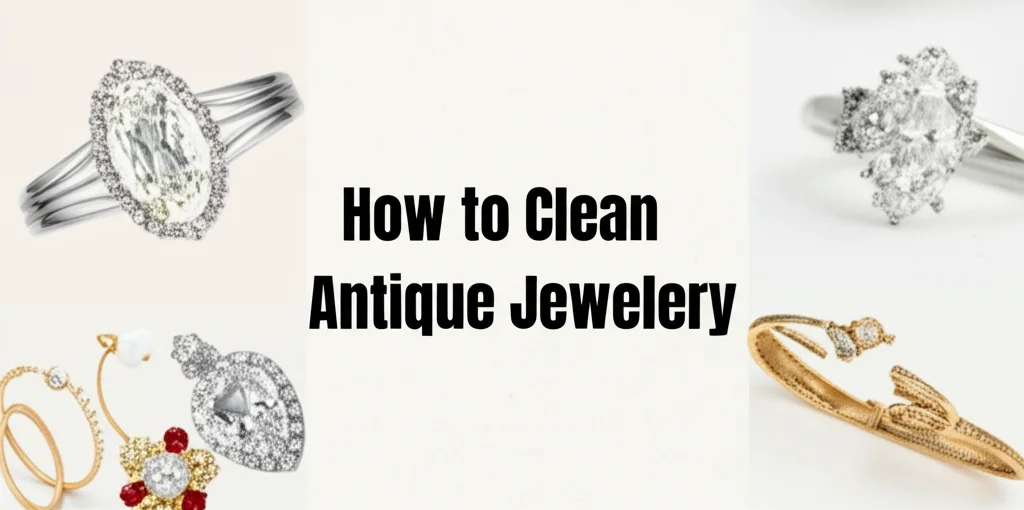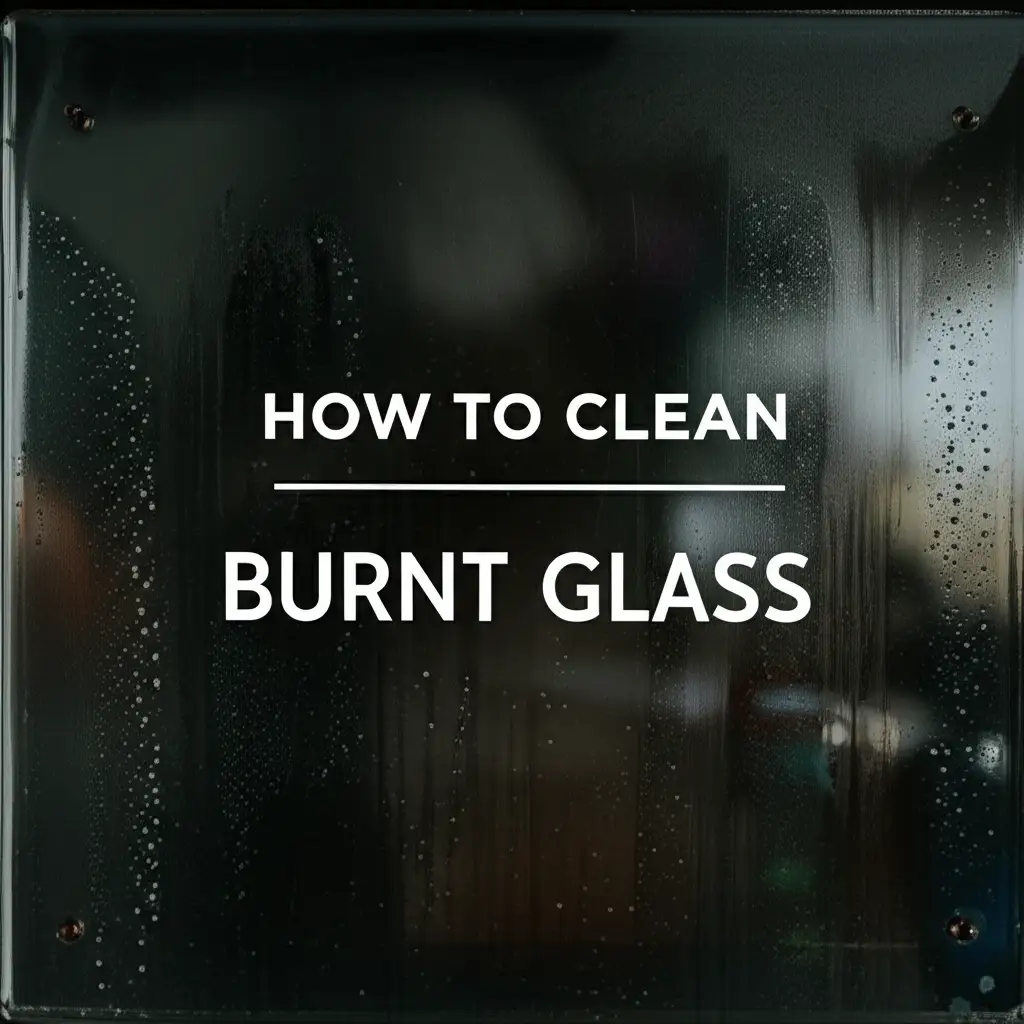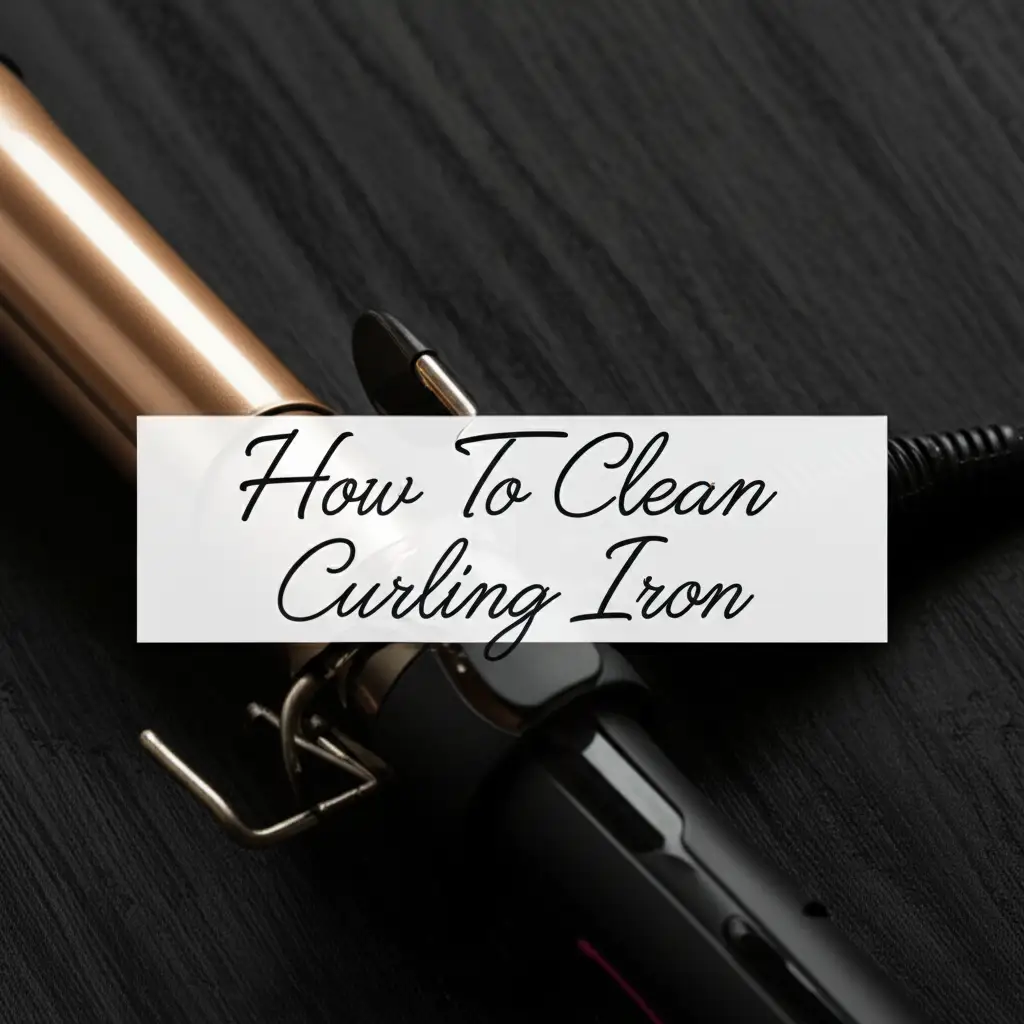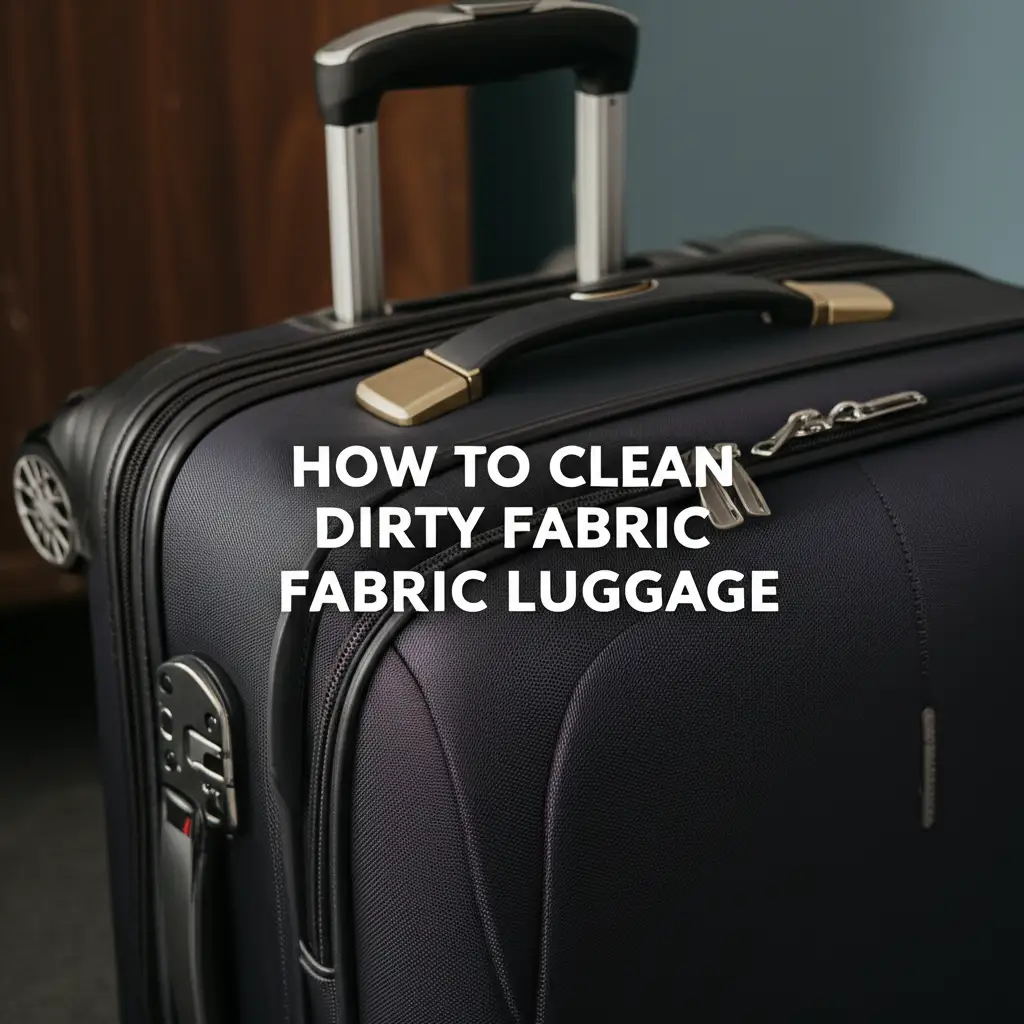· Jewellery & Accessories · 6 min read
How to Clean Antique Jewellery

Revitalize Your Treasures: How to Clean Antique Jewellery
Do you have a beautiful piece of antique jewellery tucked away, longing to be worn again? Cleaning antique jewellery can seem daunting, but with the right approach, you can restore its sparkle without causing damage. This guide will walk you through everything you need to know to safely and effectively clean your cherished pieces. We’ll cover identifying materials, gentle cleaning methods, and preventative care to keep your antique jewellery looking its best for generations to come. Let’s unlock the secrets to preserving these timeless treasures.
Takeaway:
- Identify the materials of your jewellery before cleaning.
- Use gentle cleaning solutions like mild soap and water.
- Avoid harsh chemicals and abrasive materials.
- Dry thoroughly and store properly to prevent tarnish.
What’s the best way to clean antique jewellery?
The best way to clean antique jewellery involves gentle methods using mild soap, lukewarm water, and a soft cloth. Avoid harsh chemicals and abrasive cleaners that can damage delicate settings and gemstones. Always identify the materials first to ensure you’re using a suitable cleaning approach.
Understanding Your Antique Jewellery
Before you begin, it’s crucial to understand what your jewellery is made of. Different materials require different cleaning techniques. Antique jewellery often combines various metals and gemstones, each with unique sensitivities. Knowing these details will prevent accidental damage.
Identifying Metals
Common metals found in antique jewellery include gold, silver, platinum, and various alloys. Gold is relatively durable, but higher karat gold is softer. Silver tarnishes easily, requiring regular polishing. Platinum is very durable but can still scratch. If you’re unsure of the metal content, consider taking your piece to a professional jeweller for assessment.
Recognizing Gemstones
Gemstones like diamonds, pearls, emeralds, and rubies also need specific care. Diamonds are hard and can withstand gentle cleaning, but pearls are very delicate and require special attention. Some gemstones are porous and can be damaged by harsh chemicals. If you’re unsure about a gemstone, it’s best to err on the side of caution. For delicate gemstones like amber, you might want to explore specific cleaning guides like this one: https://beacleaner.com/how-to-clean-amber-jewellery.
Gentle Cleaning: The Soap and Water Method
For most antique jewellery, a simple soap and water solution is the safest and most effective cleaning method. This approach is gentle enough for delicate pieces while still removing dirt and grime. It’s a great starting point for regular maintenance.
- Prepare the Solution: Mix a few drops of mild dish soap (like Dawn) with lukewarm water. Avoid hot water, as it can damage some gemstones.
- Soak (Optional): For lightly soiled jewellery, you can skip the soaking step. For more stubborn dirt, gently soak the jewellery for 5-10 minutes.
- Gentle Scrubbing: Use a very soft-bristled brush (like a baby toothbrush) to gently scrub the jewellery. Pay attention to crevices and hard-to-reach areas.
- Rinse Thoroughly: Rinse the jewellery under lukewarm running water, ensuring all soap residue is removed.
- Dry Carefully: Pat the jewellery dry with a soft, lint-free cloth. Allow it to air dry completely before storing.
Tackling Tarnished Silver
Silver is prone to tarnishing, a natural process that causes it to darken. Removing tarnish restores the silver’s shine. However, harsh silver polishes can be abrasive and damage delicate antique pieces.
Homemade Silver Polish
You can create a gentle silver polish using baking soda and water. Make a paste and gently rub it onto the tarnished areas with a soft cloth. Rinse thoroughly and dry. Alternatively, you can use a commercially available silver polish specifically designed for antiques, following the product instructions carefully. If you have antique brass hardware that also needs cleaning, you can find helpful tips here: https://beacleaner.com/how-to-clean-antique-brass-hardware.
Preventing Future Tarnish
Store silver jewellery in airtight bags or containers to minimize exposure to air and moisture. You can also include anti-tarnish strips in the storage container to absorb sulfur compounds that cause tarnishing.
Cleaning Specific Gemstones
Certain gemstones require specialized cleaning techniques. Understanding these nuances is vital for preserving their beauty.
Pearls
Pearls are incredibly delicate and should never be submerged in water for extended periods. Wipe them gently with a soft, damp cloth after each wear. Avoid using any soaps, detergents, or chemicals. Pearls are easily scratched, so handle them with care.
Diamonds
Diamonds are durable but can still accumulate dirt and oil. Use the soap and water method described earlier. For stubborn grime, you can use a diamond cleaning solution, but always follow the product instructions.
Emeralds & Rubies
These gemstones are relatively durable but can be damaged by harsh chemicals. Use the gentle soap and water method. Avoid ultrasonic cleaners, as they can cause fractures.
Polishing Antique Jewellery: Proceed with Caution
Polishing can restore shine, but it can also remove some of the original patina, which adds to the antique’s character and value. Avoid aggressive polishing.
When to Polish
Only polish when necessary to remove significant tarnish or grime. If you’re unsure, it’s best to leave the polishing to a professional.
Polishing Techniques
Use a soft polishing cloth and a gentle polishing compound specifically designed for antique jewellery. Rub gently in a circular motion. Avoid polishing plated jewellery, as you can remove the plating. If you’re looking for ways to clean other antiques, like an antique mirror, check out this guide: https://beacleaner.com/how-to-clean-an-antique-mirror.
Storage and Preventative Care
Proper storage is essential for preventing damage and maintaining the beauty of your antique jewellery.
- Individual Storage: Store each piece of jewellery separately in a soft pouch or compartment to prevent scratching.
- Airtight Containers: Use airtight containers or bags to protect against tarnish and moisture.
- Avoid Extreme Temperatures: Store jewellery in a cool, dry place away from direct sunlight and extreme temperatures.
- Regular Wear: Wearing your jewellery occasionally can actually help prevent tarnish, as the friction from wear can remove surface dirt.
Frequently Asked Questions
Q: Can I use an ultrasonic cleaner on antique jewellery? A: Generally, no. Ultrasonic cleaners can be too harsh for delicate antique jewellery, potentially loosening stones or damaging intricate settings. It’s best to stick to gentle hand cleaning methods.
Q: How often should I clean my antique jewellery? A: It depends on how often you wear it. Lightly worn pieces can be cleaned every few months, while frequently worn pieces may need cleaning every few weeks.
Q: What should I do if a gemstone falls out of my antique jewellery? A: Stop using the piece immediately and take it to a professional jeweller for repair. Do not attempt to fix it yourself.
Q: Is it safe to use baking soda on all types of antique jewellery? A: While baking soda is a gentle abrasive, it’s best to test it on an inconspicuous area first. Avoid using it on pearls or other delicate gemstones.
Q: Can I use toothpaste to clean my antique jewellery? A: No, toothpaste contains abrasive ingredients that can scratch and damage antique jewellery.
Conclusion
Cleaning antique jewellery is a rewarding process that allows you to preserve and enjoy these beautiful pieces for years to come. Remember to identify the materials, use gentle cleaning methods, and store your jewellery properly. By following these guidelines, you can maintain the sparkle and value of your treasured heirlooms. Don’t hesitate to seek professional help if you’re unsure about any aspect of the cleaning process. Taking the time to care for your antique jewellery ensures it will continue to shine as a testament to history and craftsmanship.




